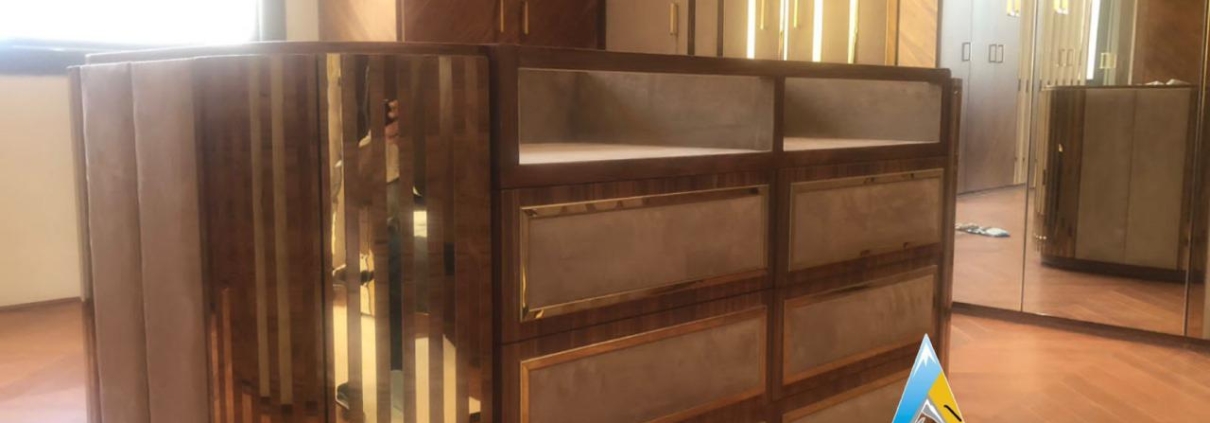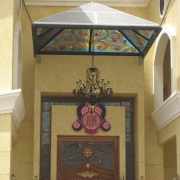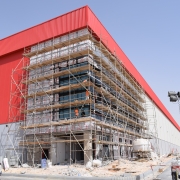Metal installations play a vital role in engineering projects, whether they are used in residential, commercial, or industrial buildings. The success of projects heavily relies on selecting the appropriate type of installation: prefabricated or custom-made. Each type has its advantages and disadvantages, and engineers must make informed decisions based on project needs and specific requirements. In this article, we will explore the differences between prefabricated and custom installations, along with key factors to consider when choosing each type.
What Are Prefabricated Installations?
Prefabricated installations are components produced in large quantities according to standardized specifications. These components are manufactured in factories and then transported to the construction site for assembly. Examples of prefabricated components include columns, beams, ceilings, and ready-made metal walls.
Advantages of Prefabricated Installations:
- Fast Execution:
Prefabricated components save time since they are pre-made, reducing the time required for on-site execution. - Lower Cost:
Mass production lowers manufacturing costs due to economies of scale. - Guaranteed Quality:
These components are produced in controlled factory environments, ensuring adherence to quality standards. - Ease of Assembly:
Installation is simpler and less complex, as components are designed for quick and direct assembly.
Disadvantages of Prefabricated Installations:
- Limited Flexibility:
Prefabricated components may not be suitable for projects requiring complex or customized designs. - Limited Options:
Available dimensions and shapes may be restricted, limiting customization possibilities. - Transportation Challenges:
Transporting large prefabricated components to the construction site can be difficult and costly.
What Are Custom Installations?
Custom installations are components designed and manufactured to meet the specific requirements of a project. These components are tailored to client specifications or the unique demands of the building.
Advantages of Custom Installations:
- Design Flexibility:
Custom installations offer great design freedom, accommodating the unique needs of each project. - Adaptability to Complex Projects:
They are ideal for projects requiring intricate shapes or precise details. - Sustainability Goals:
Materials and manufacturing methods can be chosen to align with the project’s sustainability objectives. - Performance Enhancement:
Structural and functional performance can be optimized by designing components to meet exact project needs.
When to Choose Prefabricated Installations
Prefabricated installations are the best choice in the following situations:
- Projects requiring rapid execution.
- Projects with limited budgets.
- Standard buildings that do not need complex designs.
- When the construction site allows for easy transport and installation of prefabricated components.
When to Choose Custom Installations
Custom installations are preferable in the following scenarios:
- Projects demanding unique architectural designs.
- Structures with complex geometrical shapes.
- Projects requiring specific performance or sustainability standards.
- Projects needing precise engineering solutions for particular challenges.
Combining Prefabricated and Custom Installations
In some projects, combining prefabricated and custom installations can achieve a balance between speed and cost efficiency on one hand, and flexibility and quality on the other. For example, prefabricated columns and beams can be used, while the building’s façade is custom-made to meet aesthetic and engineering requirements.
Choosing the right type of installation for engineering projects depends on multiple factors, including cost, time, project nature, and design requirements. Prefabricated installations offer efficient and quick solutions for standard projects, while custom installations allow the realization of complex and unique ideas. By understanding the advantages and disadvantages of each type, engineers can make well-informed decisions that meet project needs and achieve goals efficiently.












Leave a Reply
Want to join the discussion?Feel free to contribute!